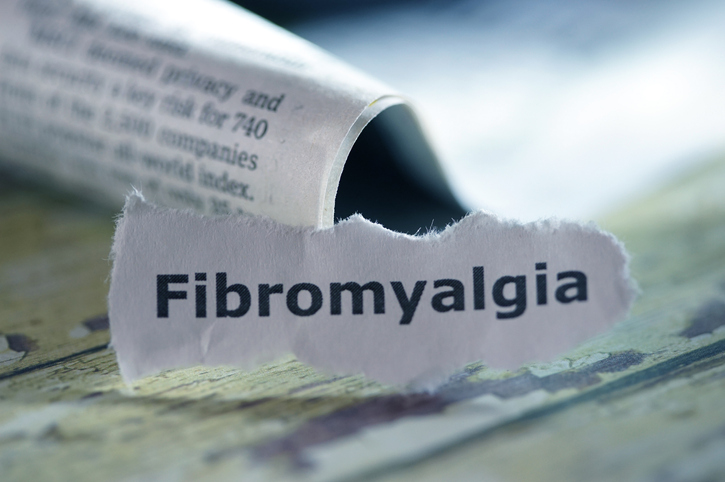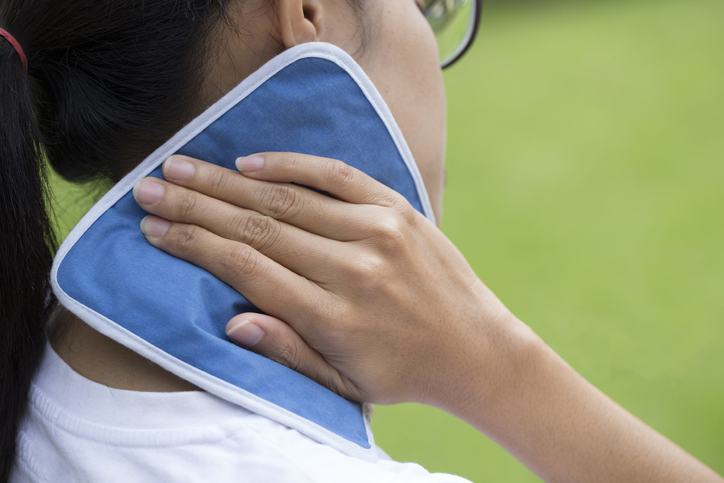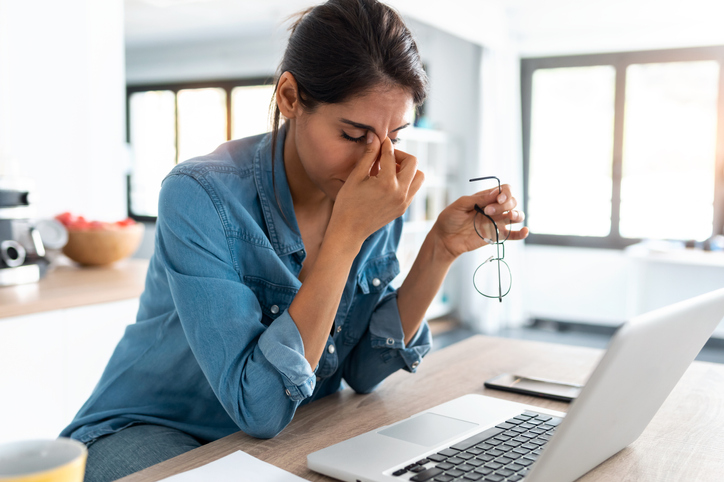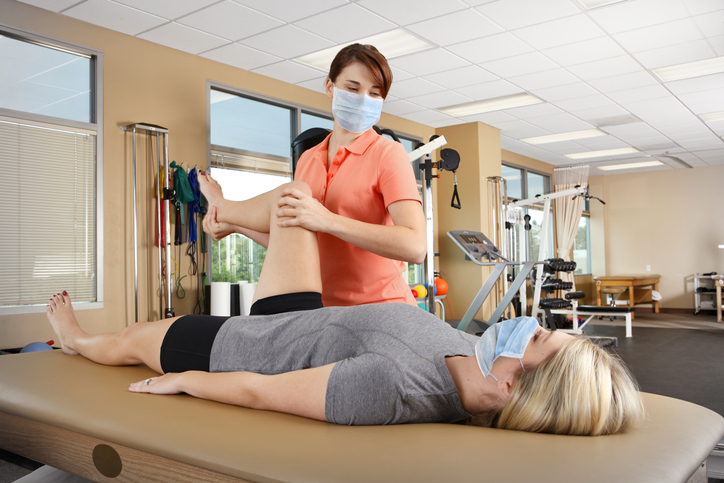Pain
Alternative and Complementary Treatments for Fibromyalgia

46 people found this helpful
Print
Share
Save
What is fibromyalgia?
Fibromyalgia is a chronic pain syndrome that involves widespread muscle pain (myalgias) and joint pain (arthralgias). In addition to pain, fibromyalgia is frequently accompanied by additional symptoms, including fatigue, cognitive impairment/brain fog, headaches, depression, anxiety and insomnia.
Alternative and complementary treatments
Some symptoms of fibromyalgia can be managed with the following alternative or complementary treatments:
- Acupuncture
Acupuncture therapy involves a trained practitioner inserting needles into the skin at various pressure points to stimulate the nervous system. This may reduce pain by releasing endorphins (the body’s natural pain relievers) and increasing blood flow to specific areas of the body. If needles are not well tolerated, acupressure may be used as an alternative. Acupressure is similar to acupuncture, but it involves a practitioner applying pressure to specific areas on the body, using their fingers, thumbs, palms or elbows. - Aquatic physical therapy
Aquatic physical therapy consists of water-based physical activity guided by a licensed physical therapist. An aquatic physical therapy program is designed to fit an individual’s needs. Research shows aquatic physical therapy can lower pain levels; improve range of motion; and increase strength, stamina, and physical performance. - Biofeedback
Biofeedback is a type of therapy that helps individuals learn how to relax and cope with pain by controlling certain involuntary body functions, such as heart rate and blood pressure. During biofeedback, electrical sensors, which are connected to a biofeedback machine, are placed on the body. The machine gives instant feedback, allowing the individual to adjust their involuntary responses with relaxation techniques. - Massage
Massage involves rubbing, kneading and manipulating muscles and soft tissue. It promotes relaxation and releases endorphins, both of which reduce pain. - Meditation
Similar to biofeedback, the goal of meditation is to control the body’s response to stress. Setting aside a few minutes each day to relax and reflect is a simple way to incorporate meditation into a daily routine. - Reiki
The practice of Reiki originated in Japan and is used to aid in relaxation, pain control, and stress relief. During a Reiki session, a technique called “palm healing” is used. Life-giving energy is believed to be transferred through the palms of the practitioner to the client in order to encourage emotional and physical healing. - Transcutaneous electrical nerve stimulation (TENS)
TENS therapy involves the placement of small electrodes on painful areas of the body. The electrodes emit low-level electrical impulses that interrupt the transmission of pain signals between the nerves and the brain. TENS therapy also promotes the release of endorphins.


















